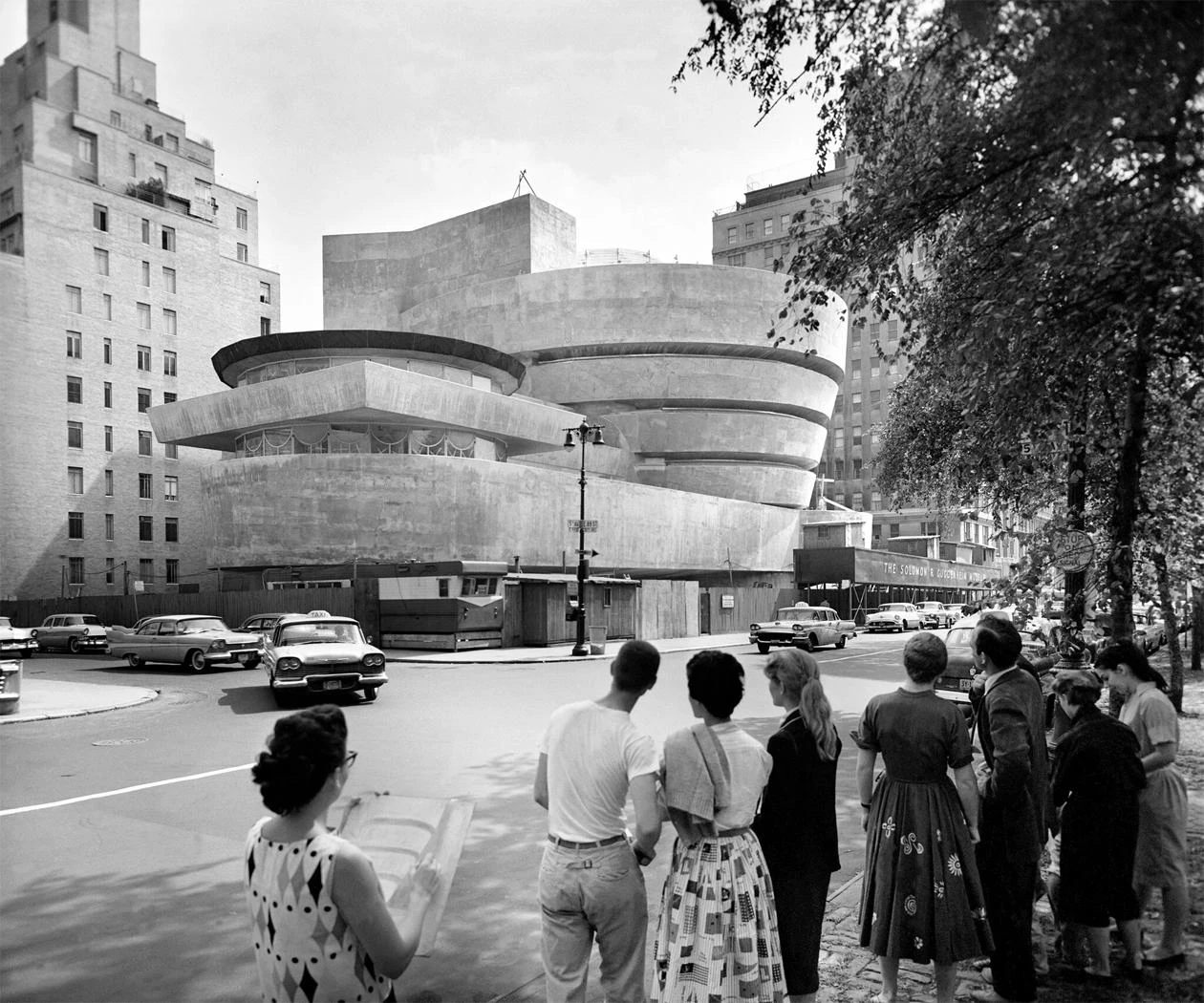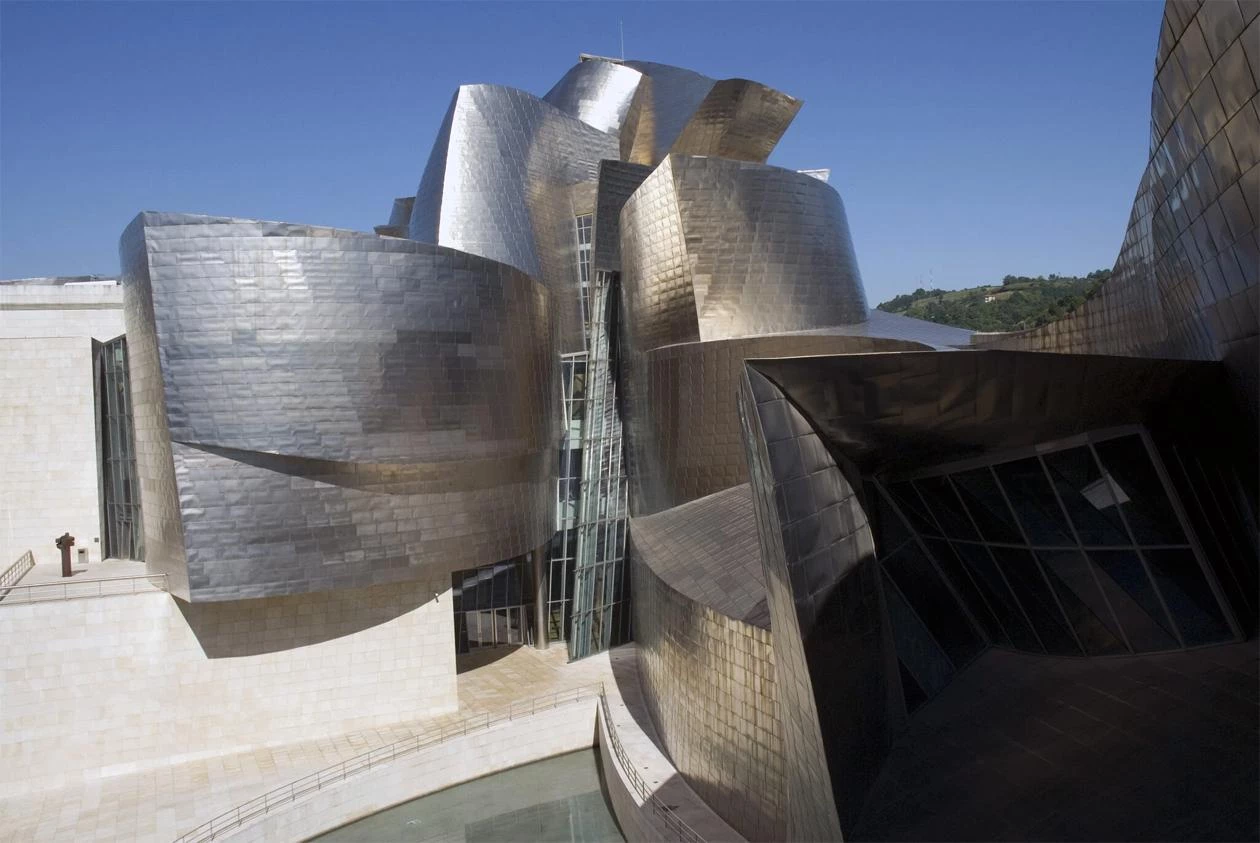
A few months ago, I set up a Zoom call with the architects Toshiko Mori, Annabelle Selldorf and Vincent Van Duysen; the designer Tom Dixon; the artist and set designer Es Devlin; the critic and T contributor Nikil Saval; and Tom Delavan, T’s design/interiors director, to talk about postwar architecture. Our goal was to make a list — similar to ones we’ve done on influential rooms, protest arka and contemporary arka — of the 25 most significant buildings constructed after World War II. The word “significant”always inspires debate, and there was plenty of disagreement among those assembled, but we hoped to surface projects made over the last eight decades anywhere in the world, whether public or private — though we did limit our list to those that are still standing (which, if you consider various oppressive governments, imposed some geographical limitations) — and so we asked each of our panelists to nominate 10 or so entries ahead of time, from which we would mercilessly cull.
Modernists, of course, played an important role in this discussion, and a few of them — Ludwig Mies van der Rohe, Louis Kahn, Lina Bo Bardi, Luis Barragán — were named again and again on our individual ballots. There were also three buildings — Mies van der Rohe’s Farnsworth House (1951; Plano, Ill.); Kahn’s Salk Institute (1965; La Jolla, Calif.); Bo Bardi’s SESC Pompéia (1986; São Paulo) — that received three preliminary votes each, practically mandating their inclusion as finalists. From there, though, the conversation was as sprawling and high-spirited as the styles, countries, aesthetics, typologies and practitioners represented by the projects we narrowed in on below (which appear in chronological order, from their dates of completion), as our experts lobbied for or against architecture that they felt had not only reshaped the world and era in which it was introduced but also has endured and remains influential today...
The New York Times: The 25 Most Significant Works of Postwar Architecture
Times Readers on the Most Significant Works of Postwar Architecture

Frank Lloyd Wright’s Guggenheim Museum in New York, photographed in 1958.Credit...Sam Falk/The New York Times
When T assembled a panel of architects, designers and journalists to create a list of the 25 Most Significant Works of Postwar Architecture, we knew going into it that Times readers would have their own ideas about buildings that ought to have been included or omitted; even our jury members were cognizant of the inherent limitations of such an assignment. With that in mind, here are some more significant buildings erected since World War II, chosen based on a smattering of the wealth of comments we received on Instagram and on the original article itself, where many people rallied for the world’s most famous starchitects — where’s Frank Gehry? Zaha Hadid? Frank Lloyd Wright? I.M. Pei? — and others made passionate pleas for lesser-known works that personally moved them. Some of the below had been discussed (and discarded) during our original conversation; all are worth a closer look.
It is appalling not to see Frank Lloyd Wright represented on this list. Where is the Guggenheim Museum, for example? Is the Seagram Building by Mies van der Rohe a better example of creative NYC architecture? It’s a glass and steel rectangle, while Wright’s building, which sits proudly on Fifth Avenue, right up the street from that protestant monstrosity the Metropolitan, is unlike any other in the city. The judges can’t see the art in architecture, apparently. — Daniel Duncan, Arcata, Calif.
Frank Gehry’s Guggenheim Museum in Bilbao should be on this list. It’s not only beautiful, it’s perhaps the most influential work of architecture in the past 25 years. Are the critics getting at something by his and its omission? If so, I wish they would just say it. — Alex Marshall, Brooklyn.
The New York Times: Times Readers on the Most Significant Works of Postwar Architecture

Frank Gehry’s Guggenheim Bilbao Museum, in Bilbao, Spain, photographed in 2012.


